Introduction: The Cultural and Lifestyle Significance of Dining Rooms in 2025
The dining room is more than just a place to eat — it’s a sanctuary for connection, creativity, and celebration. In 2025, as lifestyles evolve rapidly, the dining space has transformed into a versatile zone that balances utility, comfort, and style. From casual family meals to elegant entertaining, the way we design dining rooms mirrors changing values in socializing, wellness, and aesthetic preferences.
Today, the spectrum of dining aesthetics runs wide—from the quiet grace of minimalism to the expressive abundance of maximalism. These styles represent distinct philosophies not only about design but also about how we live and interact. Whether you seek tranquility or vibrancy, understanding these approaches will empower you to craft a dining room that truly reflects your identity.
The Dining Aesthetics Spectrum: Minimalism to Maximalism
Dining aesthetics in 2025 are best understood as points along a broad continuum:
-
Minimalism: Prioritizes simplicity, clarity, and functionality. It’s the art of less, where every element has purpose, and clutter is anathema.
-
Maximalism: Embraces complexity, diversity, and abundance. It encourages layering colors, patterns, textures, and personal artifacts to tell a vivid story.
Between these poles, many hybrid styles flourish—combining calm foundations with bursts of personality or mixing vintage charm with modern sleekness.
Understanding where your tastes lie on this spectrum is the first step to creating a dining environment that nurtures your lifestyle.
The Psychology of Space and Design in Dining Environments
The design of your dining room profoundly influences mood, appetite, conversation, and even digestion. Studies in environmental psychology reveal:
-
Color impacts appetite and emotion: Warm colors like reds and oranges can stimulate hunger and energy, while cooler tones like blues and greens tend to calm and soothe.
-
Lighting affects ambiance: Soft, warm lighting fosters intimacy, while bright, cool lighting energizes.
-
Spatial arrangement shapes social dynamics: Circular or oval tables promote equality and conversation, while rectangular tables structure hierarchy and formality.
-
Clutter and simplicity influence mental state: Minimalist spaces reduce cognitive overload and stress, whereas maximalist environments can stimulate creativity and excitement.
These insights guide the design choices that optimize your dining experience both practically and emotionally.
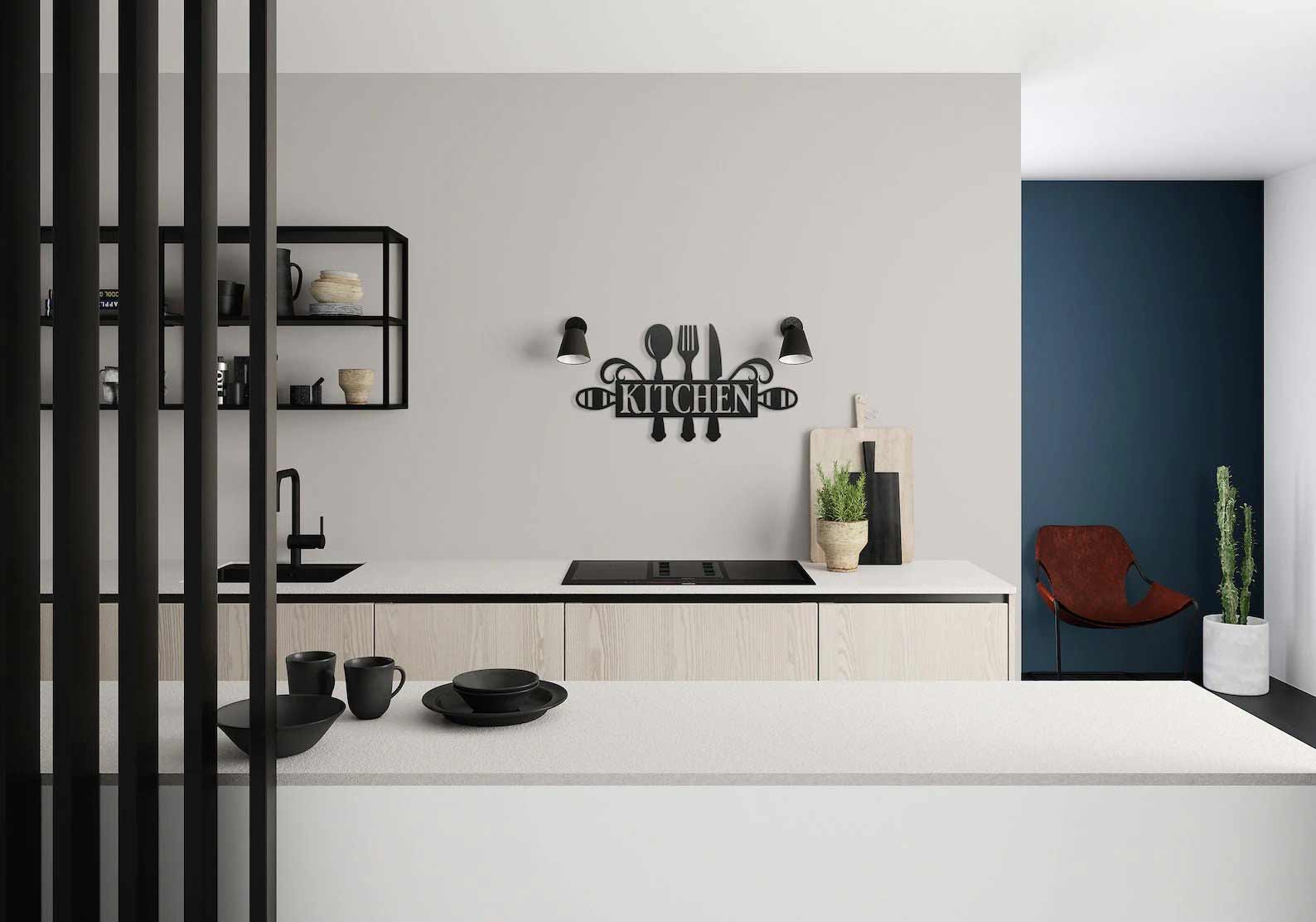
The Ultimate Kitchen Renovation Guide for 2025: Budgeting, Planning & Designing for Modern Living
How Design Influences Dining Experience and Social Interactions
Your dining room design sets the stage for countless memories. Whether it’s an intimate dinner, a family gathering, or a festive celebration, the surroundings affect:
-
Comfort and ease: Ergonomic furniture, ideal spacing, and accessible layouts invite longer, relaxed meals.
-
Visual stimulation: Thoughtful art, decor, and texture engage senses beyond taste.
-
Acoustics: Materials and furnishings absorb or reflect sound, impacting conversation clarity.
-
Flexibility: Adaptable furniture and lighting allow the space to shift mood and function.
By balancing these factors, you craft a dining space that elevates every meal into a memorable occasion.
The Evolution of Dining Spaces: From Formality to Fluidity
Historically, dining rooms were formal, often reserved for special occasions and distinct from other living areas. The 21st century has witnessed a trend toward open-concept living, blurring boundaries between kitchen, dining, and living rooms.
In 2025, this fluidity continues, with designs that emphasize:
-
Multi-functionality: Dining rooms double as workspaces, study areas, or creative zones.
-
Integration with nature: Large windows, indoor plants, and garden views blur indoor/outdoor lines.
-
Personal expression: Unique aesthetics reflect individual stories and preferences more than traditional formality.
The Role of Sustainability and Technology in Modern Dining Aesthetics
Sustainability is no longer a niche interest; it shapes material selection, furniture craftsmanship, and even décor in dining rooms. Reclaimed woods, low-VOC paints, and ethically produced textiles are now expected.
Meanwhile, technology enhances functionality without compromising style. From smart lighting to heating-enabled chairs, 2025 dining rooms harmonize innovation with elegance.
Summary and What’s Next
This foundational understanding sets the stage to explore the rich diversity of dining aesthetics. In the coming parts, we will dive deep into:
-
The serene, purposeful world of Minimalist Dining
-
The warmth and nostalgia of Mid-Century Modern & Scandinavian Minimalism
-
The bold, exuberant world of Maximalist Dining
-
The sophisticated fusion of minimalism and maximalism
-
Materials, colors, and finishes shaping 2025 dining rooms
-
Technological innovations enhancing dining experiences
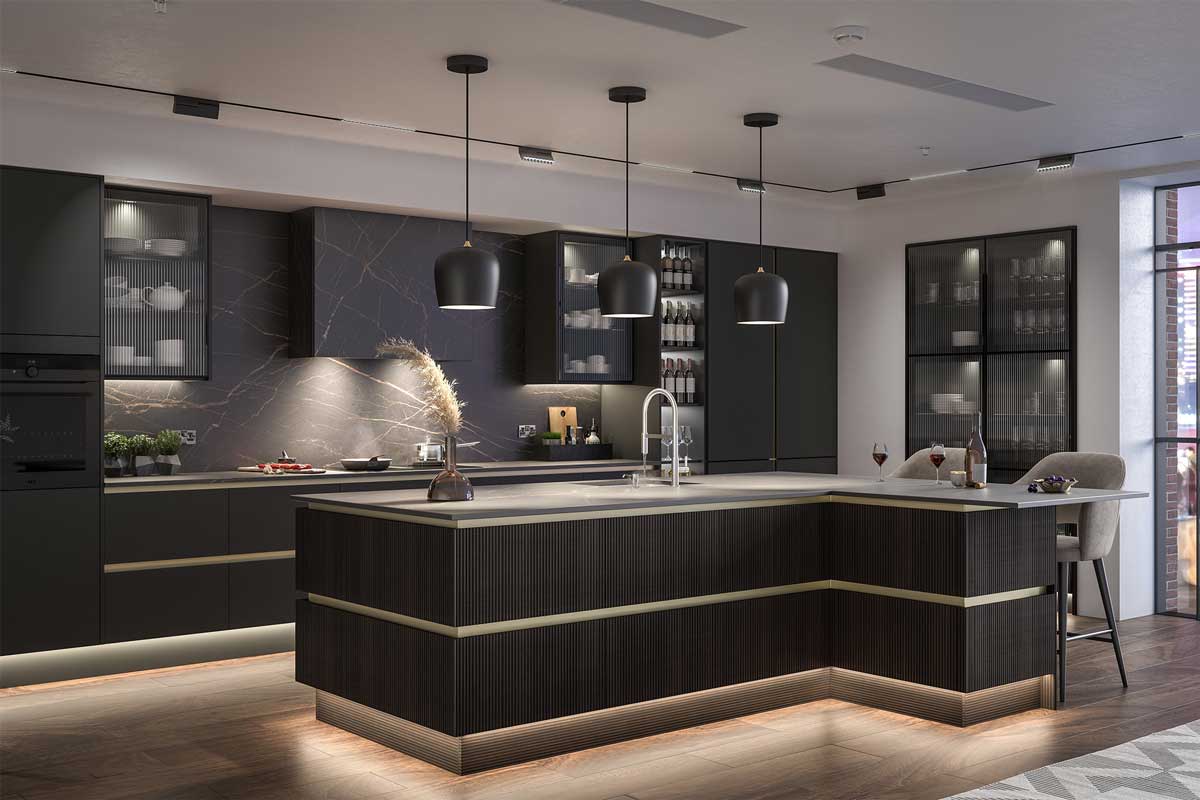
(Focus: Integration of technology, ergonomic furniture, wellness dining)
Origins and Evolution of Minimalism in Interior Design
Minimalism emerged as a powerful reaction to excess and complexity in the mid-20th century, inspired by art movements such as De Stijl and Bauhaus. It emphasized “less is more”—stripping design down to its essentials to create spaces of clarity, calm, and purpose.
In dining design, minimalism evolved from stark, utilitarian spaces to warm, inviting rooms that celebrate quality over quantity. In 2025, minimalist dining is no longer cold or austere but instead thoughtfully curated, blending simplicity with subtle layers of texture and natural materials.
Core Principles: Simplicity, Functionality, and Calmness
Minimalist dining spaces are defined by a few timeless principles:
-
Simplicity: Clean lines, uncluttered surfaces, and restrained color palettes avoid distractions.
-
Functionality: Every element serves a clear purpose, from furniture ergonomics to lighting that enhances meal enjoyment.
-
Calmness: The overall environment evokes tranquility and mindfulness, encouraging diners to savor their food and company.
These principles result in a space that feels spacious, orderly, and peaceful—ideal for restorative meals and meaningful interactions.
Key Furniture Styles, Materials, and Colors in 2025 Minimalism
In 2025, minimalist dining furniture embraces:
-
Natural materials: Light woods like oak, maple, and ash bring warmth and tactile comfort.
-
Sleek metals: Brushed brass or matte black steel add subtle sophistication without overpowering.
-
Textured fabrics: Linen, cotton, and wool in neutral tones soften the look while maintaining restraint.
-
Neutral palettes: Whites, beiges, soft greys, and muted earth tones dominate, creating a soothing canvas.
Tables tend to be streamlined with flat surfaces and minimal ornamentation. Chairs prioritize ergonomic design with simple yet elegant silhouettes.
Lighting, Decor, and Accessories for Minimalist Dining Rooms
Lighting in minimalist dining spaces balances form and function:
-
Pendant lights: Simple geometric shapes in matte or natural finishes become focal points.
-
Recessed lighting: Provides soft ambient glow without visual clutter.
-
Natural light: Maximized through large windows or skylights to emphasize openness.
Decor is sparse but intentional:
-
Art: Single statement pieces or monochrome prints provide subtle visual interest.
-
Plants: One or two sculptural plants add life without overcrowding.
-
Tableware: High-quality, understated dinnerware in natural or white ceramics enhances the dining experience.
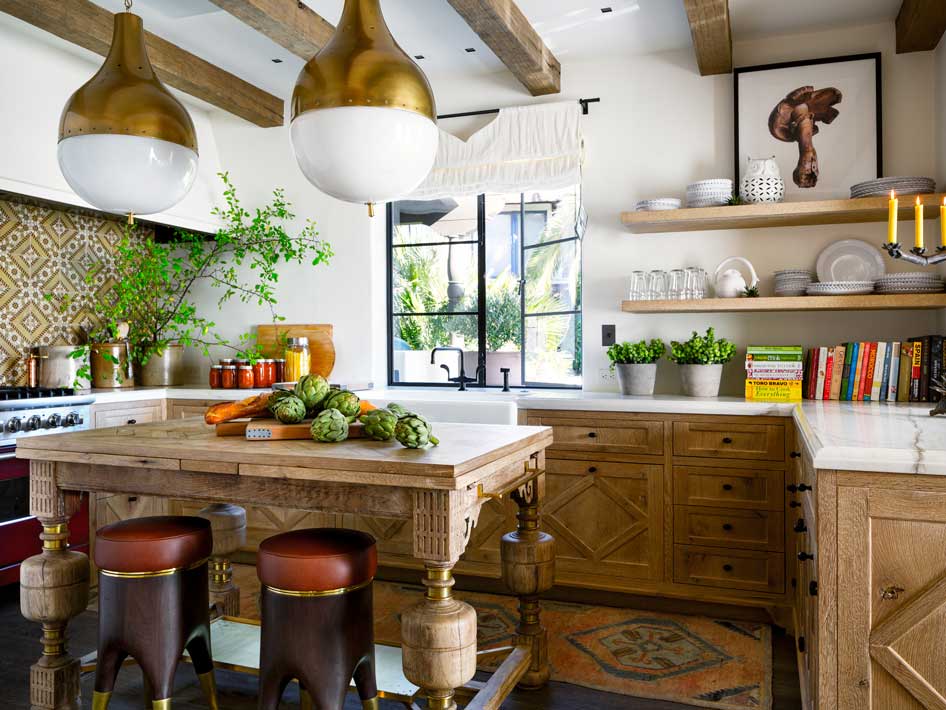
Mastering Kitchen Design: Space, Style, and Smart Appliances for Your Home
Case Studies of Minimalist Dining Spaces
Example 1: Scandinavian-Inspired Home
A Nordic minimal dining room features a light oak table paired with simple white molded chairs. Floor-to-ceiling windows flood the space with daylight, while a single brass pendant light provides warmth at night. Linen curtains and a neutral jute rug complete the look.
Example 2: Urban Minimal Loft
In an industrial loft, a matte black steel frame table with a walnut top anchors the space. Black leather chairs offer sleek comfort. Concrete flooring and exposed brick walls contrast with soft linen napkins and minimal white ceramics.
Practical Steps to Create a Minimalist Dining Space
-
Declutter ruthlessly: Remove all non-essential objects.
-
Choose quality over quantity: Invest in a few timeless furniture pieces.
-
Stick to a neutral color palette: Use accent colors sparingly.
-
Maximize natural light: Avoid heavy window treatments.
-
Incorporate texture: Balance hard surfaces with soft textiles and natural materials.
-
Mindful accessories: Select functional items with elegant design.
The Benefits of Minimalist Dining in 2025
-
Reduces stress: A clean, organized environment promotes mental clarity.
-
Easier maintenance: Fewer items mean less cleaning and upkeep.
-
Enhances social connection: Lack of distractions encourages focused conversation.
-
Timeless appeal: Minimalism transcends trends and fits various lifestyles.
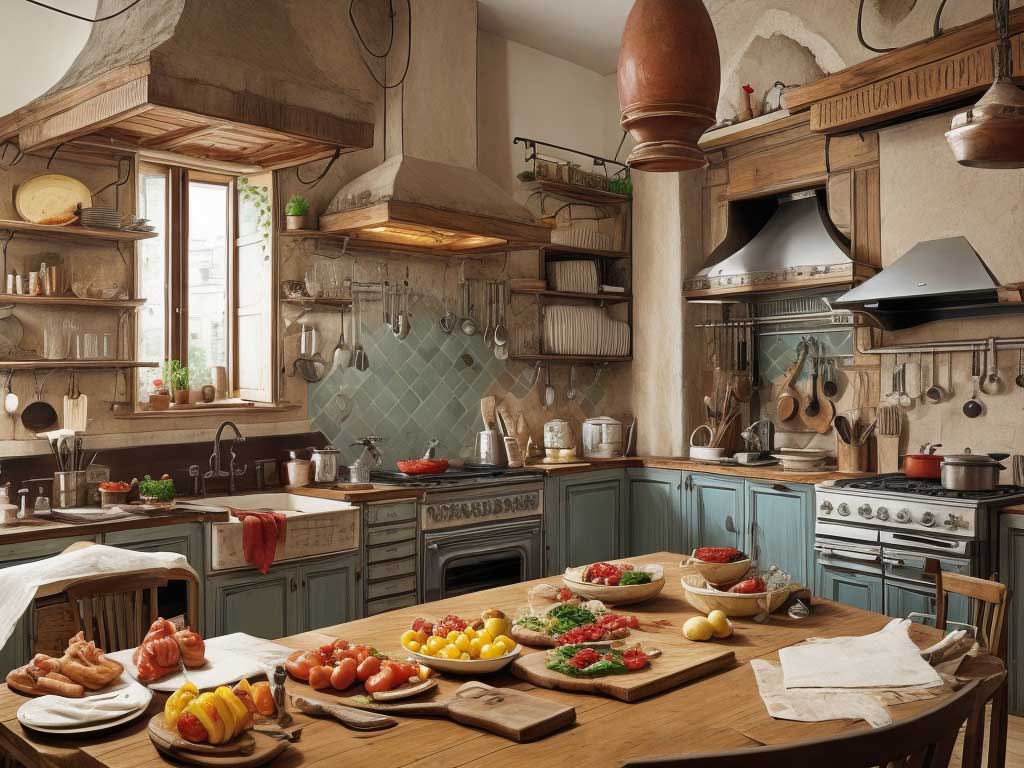
Top Kitchen Designs for 2025
Introduction to Mid-Century Modern Minimalism and Scandinavian Design
As minimalism evolved, two influential styles rose to prominence—Mid-Century Modern and Scandinavian design. Both share minimalist roots but bring unique characteristics that continue shaping 2025 dining aesthetics.
-
Mid-Century Modern (circa 1940s–1960s) emphasizes organic forms, functionality, and a seamless blend of indoor and outdoor elements.
-
Scandinavian Design focuses on simplicity, craftsmanship, and light-filled spaces, championing warmth and human-centric living.
Together, these styles offer timeless inspiration for minimalist dining rooms that balance form and comfort.
Key Features of Mid-Century Modern Minimalist Dining Rooms
-
Organic shapes: Curved edges and tapered legs soften furniture silhouettes.
-
Mixed materials: Wood combines with metal, glass, and plastic for texture variety.
-
Bold accent colors: Deep teals, mustard yellows, and burnt oranges enliven neutral backdrops.
-
Streamlined profiles: Furniture maintains clean lines but incorporates subtle design flourishes.
-
Indoor-outdoor flow: Large windows, sliding doors, and natural materials enhance connection to nature.
Scandinavian Minimalism: The Art of Cozy Simplicity (Hygge Influence)
Scandinavian minimalism embraces:
-
Light, neutral color palettes: Whites, pale greys, soft blues to maximize natural light.
-
Natural materials: Birch, pine, and beech woods are popular.
-
Textural contrast: Layering of wool throws, linen cushions, and sheepskin rugs adds tactile warmth.
-
Functional design: Multi-use furniture and smart storage solutions optimize space.
-
Hygge: The Danish concept of cozy contentment guides decor choices—candles, soft lighting, and inviting textures.
Iconic Furniture and Designers Inspiring 2025 Trends
-
Eames Chairs: Charles and Ray Eames’ molded plywood chairs offer ergonomic comfort and iconic style.
-
Arne Jacobsen’s Series 7 Chair: Lightweight, stackable, and elegant.
-
Hans Wegner’s Wishbone Chair: Combines craftsmanship and natural materials in a minimalist frame.
-
Nelson Bench: Adds functional seating with sleek lines.
In 2025, reinterpretations of these classics blend modern technology with sustainable craftsmanship.
Color Palettes and Materials in Mid-Century and Scandinavian Minimalism
-
Mid-Century: Rich wood tones like teak and walnut, paired with jewel-tone accents.
-
Scandinavian: Pale woods, matte whites, and muted blues.
Materials emphasize sustainability, with many brands offering FSC-certified woods and recycled components.

Persian Food _ Iran’s Food
Lighting Strategies for Hygge and Mid-Century Vibes
-
Pendant lamps with organic shapes and warm bulbs create focal points.
-
Layered lighting: Combining overhead, task, and accent lighting enhances ambiance.
-
Natural light maximization through sheer curtains or blinds.
Integrating Technology Subtly in Minimalist Designs
2025 minimalist dining rooms subtly incorporate tech:
-
Smart dimmers and voice-controlled lighting.
-
Hidden charging stations integrated into furniture.
-
Induction heating tables that keep food warm without visible wires.
Technology enhances function without compromising aesthetics.
Combining Mid-Century and Scandinavian Elements for Balanced Minimalism
The hybrid approach combines Mid-Century’s warm woods and bold accents with Scandinavian lightness and hygge comfort. For example:
-
A teak dining table paired with light linen upholstered chairs.
-
Muted walls offset by jewel-tone cushions and warm pendant lighting.
-
Functional storage with clean lines and textured throws for softness.
Case Studies: Modern Homes Embracing These Styles in 2025
Example 1:
A New York loft marries walnut Mid-Century furniture with Scandinavian-inspired pale wood flooring and cozy textiles. The dining area features an Eames table, layered rugs, and sculptural lighting.
Example 2:
A Copenhagen home prioritizes natural light with floor-to-ceiling windows, a beech wood table, and pastel blue accents. Minimalist shelving holds ceramics and greenery, enhancing the hygge feel.

Cheryl-Sindell-Kiss-the-Cook-Producer-couple-kissing-in-kitchen-on-counter
Practical Tips for Homeowners to Achieve This Look
-
Invest in a statement dining table with natural wood.
-
Mix chairs from both traditions for contrast and comfort.
-
Add textured textiles like wool cushions and linen curtains.
-
Use lighting to create warmth and highlight focal points.
-
Declutter regularly but keep cherished decor items that add personality.
Introduction to Maximalism: Breaking the Rules with Confidence
In stark contrast to minimalism, maximalism celebrates abundance, boldness, and self-expression. It’s a design philosophy that encourages layering patterns, colors, and textures to create a dining room full of personality and vibrancy.
Maximalism is about telling a story — the story of the homeowner — through curated collections, vintage finds, and daring combinations that challenge conventional design norms.
Core Characteristics of Maximalist Dining Spaces
-
Rich color palettes: Deep jewel tones like emerald, sapphire, and ruby coexist with metallics and bold prints.
-
Eclectic furnishings: Mix-and-match chairs, antique tables, and artisan-crafted accessories create visual excitement.
-
Layered textures: Velvet cushions, silk drapes, patterned rugs, and ceramic dinnerware bring sensory richness.
-
Art and collectibles: Walls adorned with gallery-style art arrangements, mirrors, and sculptural objects.
-
Personal storytelling: Spaces reflect individuality, with heirlooms and travel treasures featured proudly.
Trending Maximalist Dining Elements in 2025
-
Wallpaper and murals: Exotic prints, florals, and abstract designs enliven walls.
-
Statement chandeliers: Oversized, sculptural lighting acts as art.
-
Bold tabletop styling: Colored glassware, patterned plates, and eclectic centerpieces.
-
Mix of metals: Gold, brass, copper, and black iron combined freely.
-
Velvet and leather upholstery: Richly textured chairs add depth.
Colors, Patterns, and Materials to Watch
-
Color combos: Deep greens with blush pinks, navy blues with burnt orange, and mustard with burgundy.
-
Patterns: Paisley, damask, animal prints, and geometric shapes layered artfully.
-
Materials: Exotic woods, lacquer, marble, and glass mix with textiles like velvet, silk, and embroidered linens.
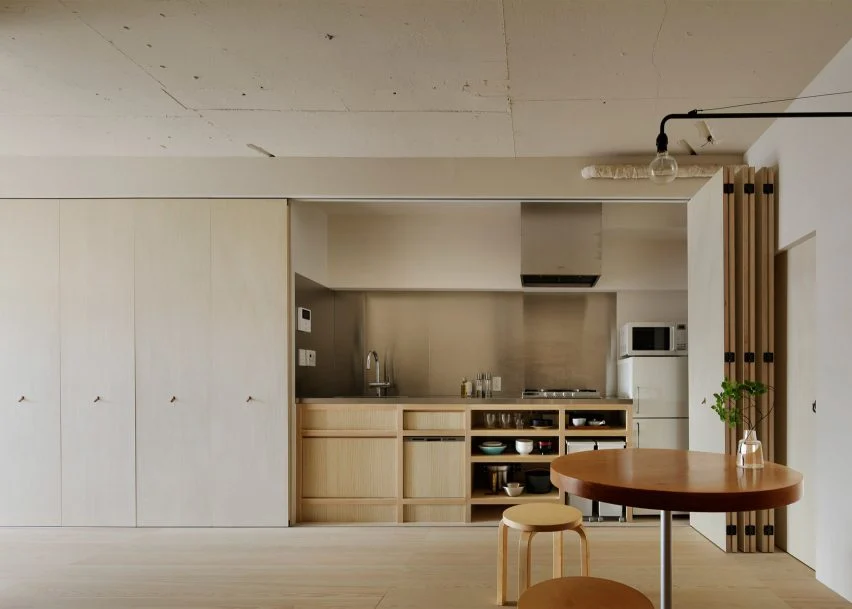
apartment-in-kitasando-minorpoet-interior-tokyo-japan_dezeen
Lighting Design for Maximalist Dining Rooms
Lighting here is both functional and decorative:
-
Layered lighting: Chandeliers, sconces, and accent lamps create depth.
-
Colored glass pendants: Add mood and mystery.
-
Dimmable fixtures: Allow mood setting from intimate dinners to lively parties.
How to Curate Maximalist Dining Accessories
-
Combine vintage ceramics with modern serveware.
-
Incorporate sculptural vases filled with vibrant flowers or dried botanicals.
-
Display curated collections of plates or glassware on open shelving or walls.
-
Use eclectic rugs with bold patterns beneath the dining table.
The Role of Art and Wall Treatments
Maximalist dining spaces often function as mini galleries, with:
-
Gallery walls: Layered frames of different sizes and styles.
-
Oversized mirrors: Add drama and reflect light.
-
Textured wallpaper: Velvet flocked or grasscloth wallpapers create tactile interest.
Case Studies of Maximalist Dining Rooms in 2025
Example 1:
A London townhouse dining room boasts jewel-tone velvet chairs around a reclaimed wood table, a large gold chandelier, and a gallery wall of family portraits mixed with abstract art. Patterned wallpaper and layered rugs complete the look.
Example 2:
A Miami penthouse features bold floral murals, a marble table with brass accents, colorful Murano glass pendant lights, and an eclectic mix of antique and modern furniture.
Practical Advice for Homeowners Entering Maximalism
-
Start with a strong color palette and build layers gradually.
-
Mix vintage and new pieces thoughtfully.
-
Use statement lighting to anchor the space.
-
Don’t be afraid to display cherished personal items.
-
Balance the visual richness by maintaining some “breathing room” for the eye.

sexy girl in kitchen and dining room
The Psychology of Maximalism: Why More Can Be More
Maximalism satisfies the human craving for sensory stimulation, emotional connection, and personal expression. In 2025, after years of minimalism dominance, many are rediscovering joy through richly layered spaces that energize and inspire.
Combining Maximalist and Minimalist Elements for Balance
Some of the most striking dining rooms blend the two approaches:
-
Minimalist furniture with maximalist textiles and accessories.
-
Neutral walls as a backdrop for colorful art and statement pieces.
-
Clean-lined tables paired with eclectic chairs and vibrant rugs.
This fusion creates dynamic spaces that feel curated, not chaotic.
Technology and Innovation in Maximalist Dining Rooms
-
Smart lighting systems adapt colors and intensity to match décor themes.
-
Integrated sound systems hidden within decorative elements.
-
Augmented reality art displays that change with mood or occasion.
Sustainability and Maximalism: Vintage and Upcycling Trends
Maximalism’s love of unique pieces aligns well with sustainability:
-
Upcycled furniture with fresh finishes.
-
Vintage marketplaces as treasure troves.
-
Mixing old and new reduces waste and adds authenticity.
Entertaining in Maximalist Dining Rooms: Hosting Tips
-
Use bold table settings to wow guests.
-
Encourage conversations around displayed art and collections.
-
Create intimate zones with layered lighting.

50+ Essential Kitchen Tools and How to Use Them Like a Pro
Common Pitfalls and How to Avoid Overwhelm
-
Overcrowding space without balance.
-
Clashing patterns without cohesion.
-
Ignoring functional flow for aesthetics.
Careful planning, color harmony, and editing prevent these issues.
Inspiring Maximalist Designers and Brands in 2025
-
Kelly Wearstler: Bold, luxe maximalism with sculptural elements.
-
Jonathan Adler: Playful, colorful, and eclectic designs.
-
Anthropologie Home: Artistic, bohemian-inspired collections.
Final Thoughts: Embracing Your Unique Dining Style in 2025
Whether minimalist or maximalist—or somewhere in between—2025 dining design invites homeowners to reflect their true selves. Balance utility and elegance, curate thoughtfully, and create spaces that nurture connection and joy.
Summary, FAQ, and Conclusion
Summary
In this definitive guide to 2025 dining aesthetics, we’ve traversed the inspiring spectrum from minimalist serenity to maximalist exuberance. Starting with the clean lines and natural warmth of Mid-Century Modern and Scandinavian minimalism, we explored how simplicity, functionality, and cozy textures create inviting yet uncluttered spaces. Moving boldly into maximalism, we saw how vibrant colors, rich textures, eclectic art, and personal storytelling transform dining rooms into immersive, energetic environments. The fusion of these styles, combined with the latest technology, sustainability practices, and innovative design trends, empowers homeowners to craft dining experiences that are both functional and luxuriously expressive.
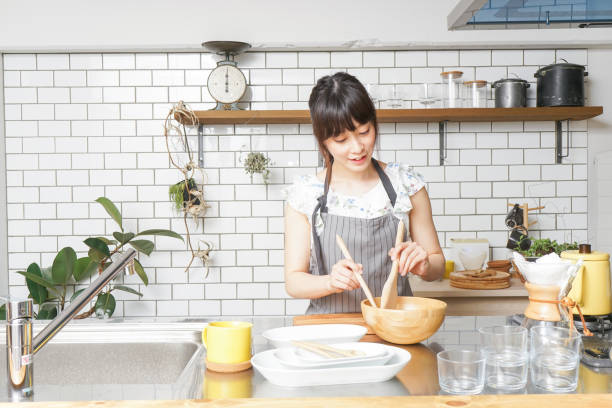
Cooking young woman
Frequently Asked Questions (FAQ)
Q1: How do I choose between minimalist and maximalist dining styles?
A1: Consider your personality, lifestyle, and space. Minimalism suits those seeking calm and order; maximalism fits those who cherish creativity and vibrancy. You can blend elements to reflect your unique taste.
Q2: What are key color trends for dining rooms in 2025?
A2: Minimalism favors light neutrals, soft pastels, and warm woods. Maximalism embraces jewel tones like emerald green, sapphire blue, and ruby red, often combined with metallic accents.
Q3: How can technology enhance my dining room design?
A3: Smart lighting, hidden charging stations, and integrated sound systems improve convenience and ambiance without compromising style.
Q4: Is sustainability considered in 2025 dining designs?
A4: Absolutely. Many designers focus on upcycled furniture, FSC-certified woods, and mixing vintage pieces with new to reduce environmental impact.
Q5: How do I avoid making a maximalist dining room feel cluttered?
A5: Balance bold choices with neutral backgrounds, ensure functional flow, and edit collections thoughtfully to maintain harmony.
Conclusion
The dining room in 2025 is more than a place to eat — it is a sanctuary, a stage, and a storyteller. Whether you find solace in minimalist tranquility or thrill in maximalist drama, your dining space can embody your lifestyle and aspirations with purposeful design. Embrace the journey of discovery, blend tradition with innovation, and above all, create a space that welcomes connection, conversation, and celebration.
may your dining aesthetics reign supreme in beauty, utility, and timeless elegance.


